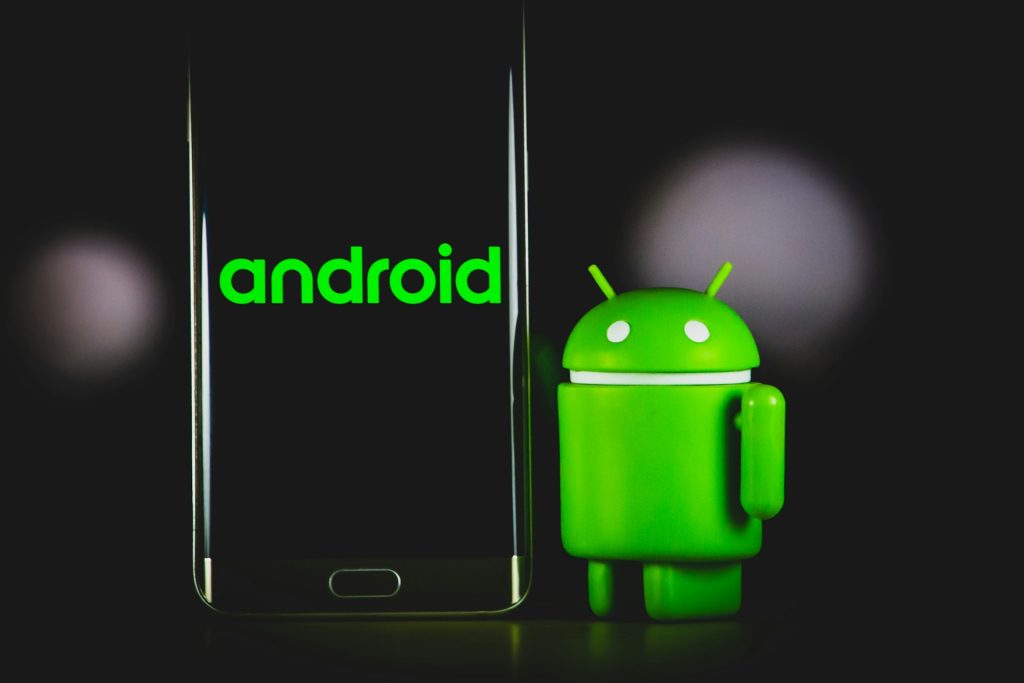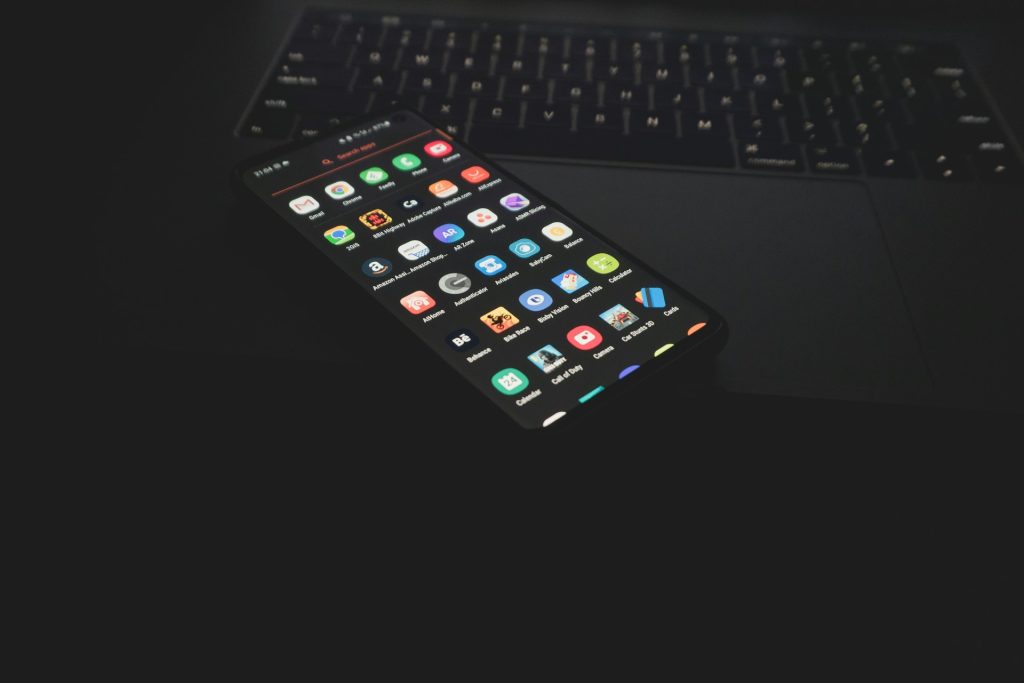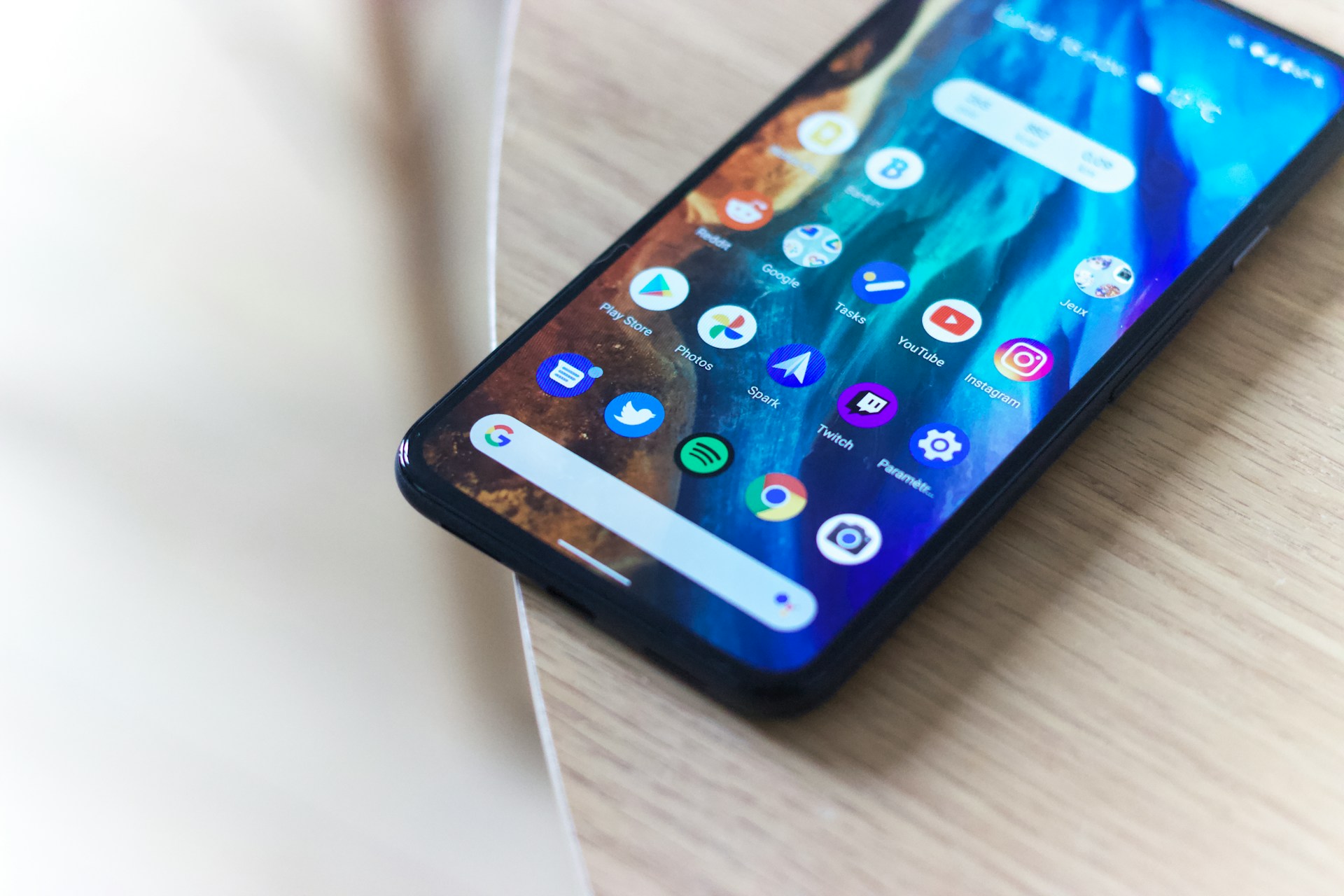Addressing corrupted files on an Android device is crucial for maintaining the integrity and optimal functionality of the system. Corrupted files not only hinder access to vital data but can also precipitate system instability, manifesting as app malfunctions, decreased performance, or unexpected crashes.
Proactively rectifying such files is imperative to prevent potential data loss, ensuring that personal and professional information remains secure and retrievable.
This process is instrumental in safeguarding the device against latent security threats, optimizing storage efficiency, and enhancing the overall user experience. By meticulously resolving issues related to file corruption, users can ensure their devices operate seamlessly, thereby maintaining a reliable and efficient digital environment.
Reasons for File Corruption On Android Devices

1. Android Software Crashes or Bugs
If a software application crashes or encounters bugs while creating, editing, or saving a file, it might not complete the file operation correctly, resulting in corrupted file content. Keeping software updated and avoiding the use of unstable or beta-version software can reduce the likelihood of such corruption.
2. Unexpected System Shutdowns
Abrupt system shutdowns or power failures can interrupt the writing process of a file, leading to partial writes or an incomplete file structure. This interruption can leave the file in an inconsistent state, making it unreadable or corrupt. Ensuring a stable power supply and proper shutdown processes can mitigate this risk.
3. Malware or Virus Infections
Viruses, malware, or ransomware can deliberately alter or damage the contents of a file, rendering it corrupt. These malicious programs may modify the file’s code, structure, or encryption, preventing it from being opened or used correctly. Regular anti-virus scans and cautious browsing can help protect files from such corruption.
4. Hardware Failures
Faulty or deteriorating hardware components like hard drives, solid-state drives, or RAM can cause errors in reading or writing data, leading to file corruption. Bad sectors, overheating, or physical damage can corrupt files stored on the affected hardware, emphasizing the importance of regular hardware checks and maintenance.
5. Network Interruptions
Files transferred over unstable or unreliable network connections can become corrupted if the transfer is interrupted or if packets are lost, leading to incomplete or damaged files. Ensuring a stable and robust network connection, especially during file transfers, is crucial to prevent this type of file corruption.
How to Fix Corrupted Files on Android Devices

1. Restart Your Device
A restart can solve a myriad of issues by refreshing the system’s memory and closing any apps that might be running erroneously in the background. It reinitializes the device’s hardware and software configurations, potentially rectifying minor glitches that could cause file corruption.
Detailed Process
- Press and hold the power button on your device until the power menu appears.
- Select the ‘Restart’ or ‘Reboot’ option. If these options aren’t directly visible, you might need to tap on ‘Power off’ and then turn your device back on after a few seconds.
- Wait for the device to power back up completely and then attempt to access the corrupted file again.
2. Check the File Format Compatibility
Not all file formats are universally supported across different Android devices. If the file format isn’t compatible with your device or the app you’re using, it may appear to be corrupted.
Detailed Process
- Identify the file format of the corrupted file and check if it’s supported by your Android device or the specific app you’re using.
- Use a file converter (available in the Google Play Store) to change the file to a compatible format. For example, if your document is in an unsupported format, convert it to PDF or DOCX.
3. Use a File Repair Tool
Third-party file repair tools can scan corrupted files and attempt to restore them to their original state. They work by reconstructing the file’s data or repairing the file structure.
Detailed Process
- Install a reputable file repair tool from the Google Play Store. Read reviews and check ratings before downloading.
- Open the app and follow the instructions to scan and repair the corrupted file. This might involve selecting the file from your storage and allowing the app to analyze and fix it.
4. Clear the Cache of the App
The cache stores temporary data that helps apps load faster. However, over time, this data can become corrupt, leading to issues with file integrity.
Detailed Process
- Navigate to Settings > Apps & notifications > See all apps.
- Find and select the app that is having trouble with the file.
- Tap on Storage & cache > Clear Cache.
- Restart the app and check if the issue with the corrupted file is resolved.
5. Update Your Apps and System Software
Updates often include bug fixes, security enhancements, and improvements that can resolve underlying issues causing file corruption.
Detailed Process
- Go to Settings > System > System Update to check for any available Android OS updates and install them.
- Visit the Google Play Store and update all the apps, especially the one you’re trying to use to open the corrupted file.
6. Fix Corrupted Files on Android Using Antivirus
Sometimes, files on your Android device may get corrupted due to malware or virus infections. Using a reliable antivirus application can help scan for and remove any malicious software that might be causing the file corruption.
Detailed Process
- Download and install a reputable antivirus app from the Google Play Store. Look for apps with high ratings and positive reviews.
- Open the antivirus app and run a full device scan to detect and remove any malware or viruses.
- If the antivirus app identifies and removes threats, check if the previously corrupted file can now be accessed or is functioning correctly.
7. Deleting Corrupted Files
If a corrupted file cannot be repaired and is non-essential, deleting it might be a practical solution. This helps prevent the corrupted file from potentially affecting other files or the system.
Detailed Process
- Locate the corrupted file using a file manager.
- Select the file and choose the delete option. Confirm the deletion to remove the file from your device.
- If the file is crucial, try to replace it with a backup version or re-download it from the source, if possible.
8. Change File Extension
simply changing the file extension can make the file accessible again. This method is particularly useful if the file corruption is due to an incorrect file extension.
Detailed Process
- Use a file manager to locate the corrupted file.
- Rename the file and change its extension to the correct format. For example, if you suspect a text file is incorrectly labeled as a .jpg, change it to .txt.
- Try opening the file again after changing the extension. Make sure to use an app that supports the file’s format.
9. Utilize Android’s Built-In File Manager
Different file managers may have varied capabilities in reading and handling files. The built-in file manager often has the most integrated support for the device’s file system.
Detailed Process
- Open the built-in file manager app on your Android device.
- Navigate to the storage location of the corrupted file.
- Try to open, move, or rename the file. In some cases, these simple actions can help in restoring file accessibility.
10. Perform a Factory Reset
A factory reset erases all the data from your device and restores it to its original system state. This can remove any corrupt data or software issues causing the problem but should be used as a last resort.
Detailed Process
- Backup all important data from your Android device to another device or cloud storage.
- Go to Settings > System > Reset options > Erase all data (factory reset).
- Follow the on-screen instructions to complete the reset process.
Consult with Professionals
If your data is extremely valuable and none of the self-help methods work, professional data recovery services can be your best bet. They have specialized tools and expertise to recover data from corrupted files. Research and find a reputable data recovery service with good reviews and a track record of success. Contact the service and provide them with your device or the specific corrupted files, following their guidance on the steps to take.
Conclusion
Implementing these steps meticulously can significantly increase the likelihood of recovering or fixing corrupted files on your Android device. Always proceed with caution, especially when deleting files or changing file extensions, to avoid unintentional data loss. If you’re unsure about any step or if the data is particularly valuable, seeking professional assistance is recommended.
































































